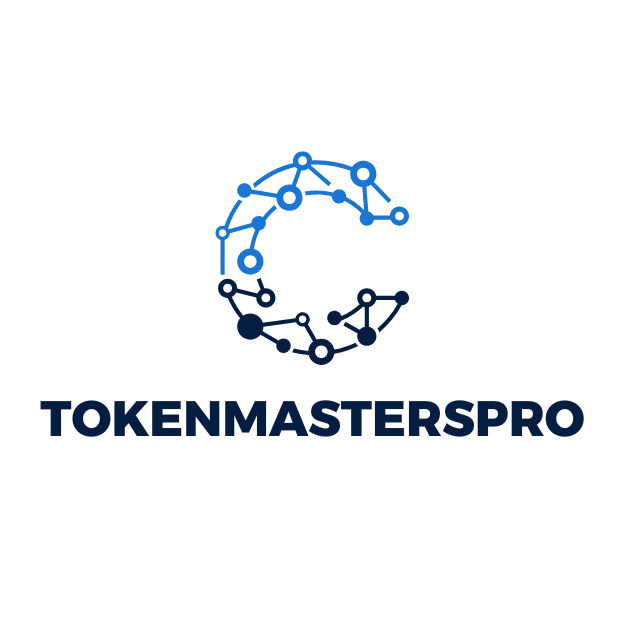In the digital age, mastering HTML is essential for anyone looking to build a strong online presence. As the backbone of web development, HTML empowers individuals to create engaging websites and applications. Whether you’re a complete beginner or looking to sharpen your skills, diving into HTML tutorials can unlock a world of opportunities.
These tutorials offer a structured approach to learning, breaking down complex concepts into manageable chunks. From understanding basic tags to implementing advanced features, they cater to all skill levels. With the right resources, anyone can transform their ideas into stunning web pages, making HTML knowledge a valuable asset in today’s tech-driven landscape.
Table of Contents
ToggleOverview Of HTML Tutorials
HTML tutorials serve as a valuable resource for individuals seeking to build or enhance their web development skills. These tutorials cover fundamental topics such as:
- Basic HTML Structure: Tutorials typically start with the essential tags needed to create a simple HTML document. They explain the role of elements like the
<!DOCTYPE html>,<html>,<head>, and<body>tags. - Text Formatting: Resources often include sections on how to format text using tags such as
<h1>to<h6>,<p>,<strong>, and<em>. These tags aid in creating clear and organized content. - Links and Images: Many tutorials address how to insert hyperlinks using the
<a>tag and how to include images with the<img>tag. Properly linking to other web pages and embedding visuals enriches the user experience. - Lists and Tables: Most materials explain the creation of ordered and unordered lists through
<ol>,<ul>, and<li>tags. They also cover table creation using<table>,<tr>,<td>, and<th>tags for data organization. - Forms and Input: Comprehensive tutorials introduce forms, guiding users through the
<form>,<input>,<textarea>, and<button>elements. These components facilitate user interaction and data submission. - Semantic HTML: Advanced tutorials highlight the importance of semantic tags such as
<header>,<footer>,<article>, and<section>for improving accessibility and SEO.
These tutorials cater to various learning styles, offering videos, interactive exercises, and written guides. They often follow a progressive structure, starting with foundational knowledge and advancing to complex topics, ensuring a thorough understanding of HTML concepts. By practicing through these tutorials, individuals gain the skills necessary to create dynamic and responsive websites.
Types Of HTML Tutorials


HTML tutorials vary significantly based on skill level and content, catering to the diverse needs of learners. They generally fall into two main categories: beginner and advanced tutorials.
Beginner HTML Tutorials
Beginner HTML tutorials focus on foundational concepts essential for new web developers. They typically cover topics such as:
- Basic HTML Structure: Introduction to elements, tags, and the overall syntax of HTML.
- Text Formatting: Learning various tags for headers, paragraphs, and text styles.
- Inserting Links and Images: How to create hyperlinks and embed images into web pages.
- Creating Lists and Tables: Understanding ordered and unordered lists, as well as how to structure tables.
- Working with Forms and Input Elements: Basics of creating forms for user data collection.
These tutorials often include step-by-step instructions, interactive exercises, and visual aids, making it easier for beginners to grasp the concepts.
Advanced HTML Tutorials
Advanced HTML tutorials explore complex topics and best practices aimed at experienced developers. They typically address:
- Semantic HTML: Utilizing proper tags to enhance accessibility and improve SEO.
- HTML5 Features: Incorporating multimedia elements, such as audio and video, using native HTML5 capabilities.
- Responsive Design Principles: Techniques to ensure web pages function well on various devices and screen sizes.
- Browser Compatibility: Strategies for making sure websites perform consistently across different browsers.
- Integrating with CSS and JavaScript: How to enhance HTML with styling and interactivity through CSS and JavaScript.
These tutorials often dive deep into topics, providing complex examples and case studies that challenge learners to apply their skills in real-world situations.
Benefits Of Learning HTML
Learning HTML offers numerous advantages in web development and beyond. Mastering this foundational language enhances one’s technical skills and expands career possibilities.
Improved Web Development Skills
Improved web development skills stem from a solid understanding of HTML. Knowledge of HTML enables developers to create structured, visually appealing websites. Developers can efficiently format text, embed images and videos, and implement links. Understanding advanced concepts, like HTML5 features and semantic markup, further refines their capabilities. Mastery of HTML leads to better collaboration with designers and a clearer grasp of web standards. Overall, improved skills contribute to high-quality, user-friendly websites.
Career Opportunities
Career opportunities in technology expand with HTML proficiency. Many roles, including web developer, front-end programmer, and UX/UI designer, prioritize HTML knowledge. Employers seek candidates who can deliver high-quality digital experiences, making HTML a desired skill. Knowledge of HTML also serves as a stepping stone to learning other languages like CSS and JavaScript, broadening employment options. Additionally, freelance opportunities abound for those who can build and maintain websites. Familiarity with HTML increases marketability in a competitive job landscape.
Recommended HTML Tutorial Resources
Various resources are available for learning HTML, catering to different learning preferences and styles. This section highlights some of the best online platforms and books for mastering HTML.
Online Platforms
- Codecademy: Offers interactive HTML courses with feedback on coding exercises.
- freeCodeCamp: Provides an extensive curriculum covering HTML through hands-on projects.
- W3Schools: Features comprehensive tutorials and examples on HTML basics and advanced topics.
- Coursera: Partners with universities to offer specialized HTML courses, allowing learners to earn certificates.
- Udemy: Hosts a wide variety of video courses on HTML, often at affordable prices during promotions.
Books And E-books
- “HTML and CSS: Design and Build Websites” by Jon Duckett: Breaks down HTML and CSS concepts with visually appealing illustrations.
- “Learning Web Design” by Jennifer Niederst Robbins: Covers HTML along with CSS and JavaScript, targeted at beginners.
- “HTML5: The Missing Manual” by Matthew MacDonald: Focuses on the latest HTML5 features, providing practical examples and advice.
- “Head First HTML and CSS” by Elisabeth Freeman and Eric Freeman: Utilizes a visually rich approach to teach HTML concepts effectively.
- “A Book Apart: HTML5 for Web Designers” by Jeremy Keith: Offers insights into the power and potential of HTML5, addressing modern web design challenges.



